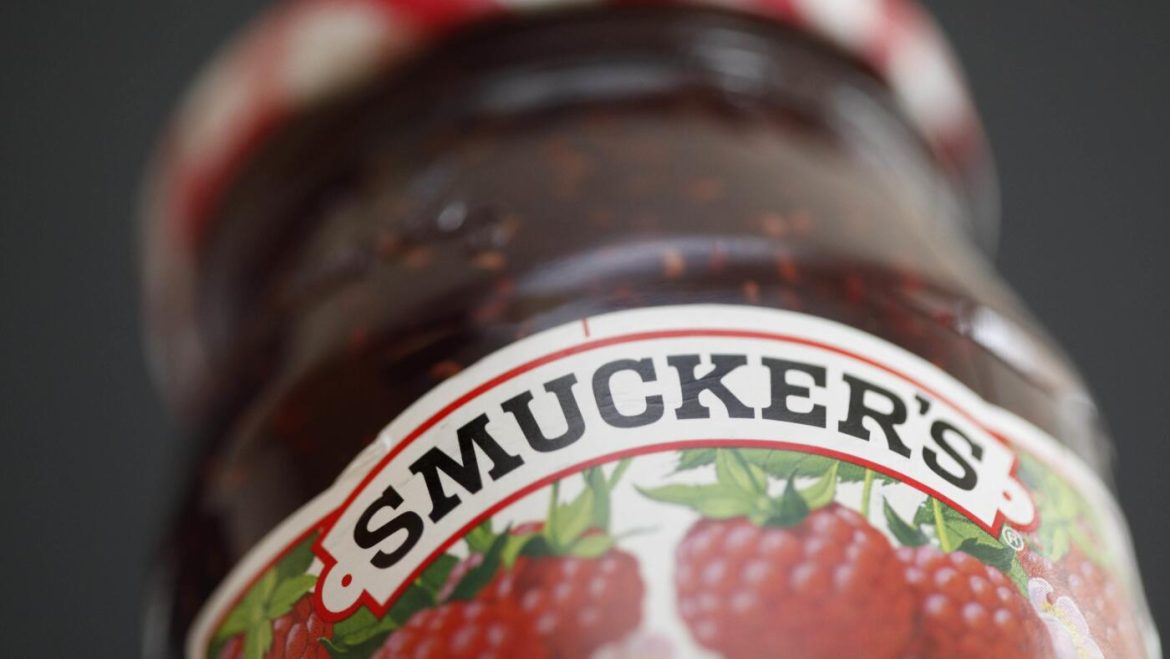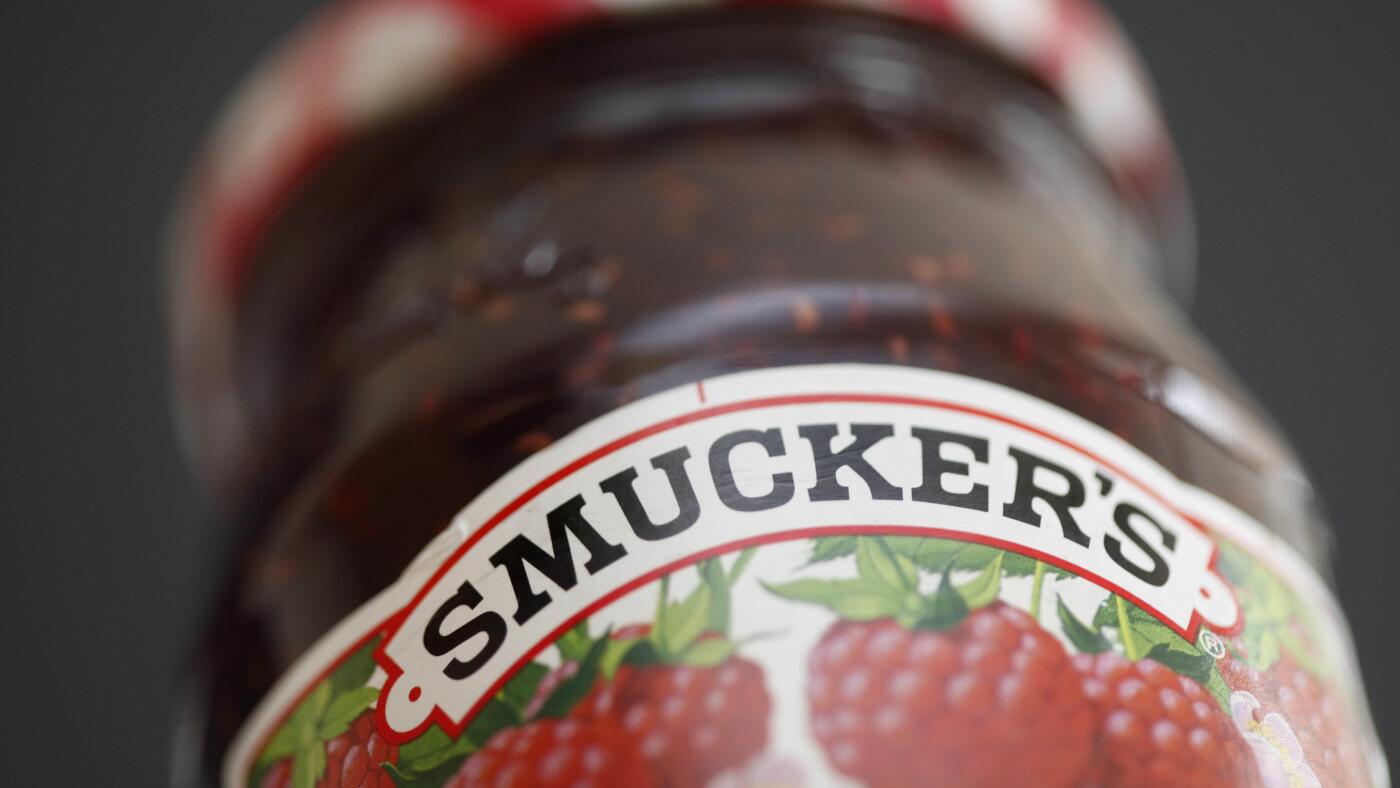The J.M. Smucker Company, a well-established food manufacturer based in Ohio, has made a significant announcement regarding its ingredient policy. By the end of 2027, Smucker plans to remove all artificial colors, specifically synthetic dyes, from its entire product lineup. This commitment extends to foods sold in K-12 schools, with an earlier target date set for the 2026-2027 school year. This decision is part of a broader industry trend toward cleaner labels and more natural ingredients, driven by consumer demand and regulatory pressures.
Understanding the Scope of the Change
Smucker’s initiative is a substantial shift, as the company already reports that a majority of its products, including popular items like Uncrustables sandwiches, are free from synthetic dyes. However, some product lines—particularly jams, sugar-free fruit spreads, and selected toppings—still include artificial colors. The company’s plan involves phasing out these synthetic dyes over the next few years, aligning with the growing consumer preference for natural ingredients.
By targeting artificial colors broadly, Smucker is addressing a range of coloring additives traditionally used to enhance the visual appeal of products. Certified food colors, regulated by the Food and Drug Administration (FDA), have faced scrutiny due to potential health concerns, including links to hyperactivity in children and allergic reactions in some consumers. Removing these colors signals Smucker’s commitment to transparency and responsiveness to evolving market preferences.
Driving Factors Behind Smucker’s Decision
Several key factors likely influence Smucker’s move toward eliminating artificial colors:
1. Consumer Demand for Clean Labels
Modern consumers increasingly prefer products with natural ingredients and fewer synthetic additives. This trend has prompted many food companies to reformulate products to meet the expectations of health-conscious and ingredient-aware shoppers. Smucker’s decision aligns with this shift, as consumers are more likely to trust and purchase products with cleaner labels.
2. Regulatory and Institutional Pressures
Schools have become focal points for reducing artificial additives in food served to children. Smucker’s deadline to remove synthetic dyes from K-12 products by the 2026-2027 school year corresponds with broader initiatives encouraging healthier school meals. This move not only addresses public health concerns but also ensures compliance with potential future regulations.
3. Market Competitiveness
Competitors in the food industry have been progressively reducing or eliminating artificial colors. Smucker’s commitment ensures the company remains competitive and can market its products as natural or clean-label. This strategic move helps Smucker maintain its market share and appeal to a growing segment of health-conscious consumers.
Challenges in Removing Artificial Colors
Replacing synthetic dyes is a complex process that involves more than simply removing one ingredient. Key challenges include:
1. Finding Suitable Natural Alternatives
The natural food colorings industry relies on sources like fruits, vegetables, beet juice, and even insects (like cochineal extract). However, these alternatives may face limitations in availability, stability, cost, and color intensity, especially given the large scale of production required by a company of Smucker’s size. Ensuring consistent color quality and availability is a significant hurdle.
2. Preserving Product Quality
Color contributes to consumer perception of freshness and flavor. Reformulating to natural colors can impact texture, shelf life, and taste, necessitating rigorous product testing and possible recipe adjustments. Smucker must ensure that the final products meet consumer expectations in terms of taste and appearance.
3. Supply Chain Adjustments
Sourcing natural colorants at the scale Smucker requires demands strong supplier relationships and potentially new logistics for raw materials. This shift may involve significant changes in procurement and supply chain management, adding complexity to the transition.
Impact on Consumers and the Food Industry
For consumers, Smucker’s elimination of artificial colors is likely to enhance the perceived healthfulness and appeal of products. Parents selecting lunchbox items or snacks may be reassured by products free from synthetic dyes, especially for children with sensitivities or concerns about behavioral effects.
In the broader food industry, Smucker’s commitment adds momentum to a growing wave of reformulations prioritizing natural ingredients. It may encourage other companies to accelerate their own dye-removal initiatives, fostering innovation in natural colorant production and application technologies. This shift could lead to a more transparent and health-conscious food industry.
Smucker as a Leader in Food Ingredient Transparency
While not the first to eliminate artificial colors, Smucker’s plan is notable given its portfolio size and product diversity—from jams to peanut butter and coffee. The company’s transparent articulation of its timeline and focus on K-12 school food products demonstrates strategic responsiveness to public health concerns and institutional food service expectations. This leadership position reinforces Smucker’s commitment to ingredient transparency and consumer trust.
Conclusion: A Strategic Shift Toward Cleaner, More Natural Food Products
J.M. Smucker’s announcement to remove artificial colors from its products by the end of 2027, with a faster timeline for K-12 food products, represents a strategic and consumer-responsive move. It reflects broader shifts in food manufacturing toward natural ingredients and healthier product profiles. While challenges in reformulation and sourcing natural dyes remain, the commitment paves the way for innovation and adaptation in a food industry increasingly defined by transparency and clean labels. For consumers, this means access to familiar brands with cleaner ingredients—a change that balances tradition with modern health trends and regulatory landscapes.


